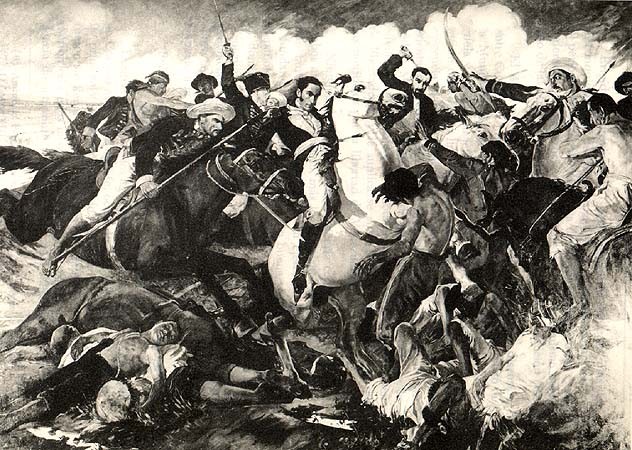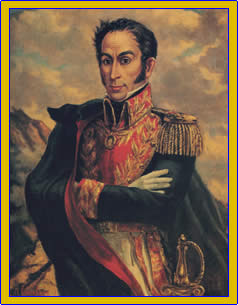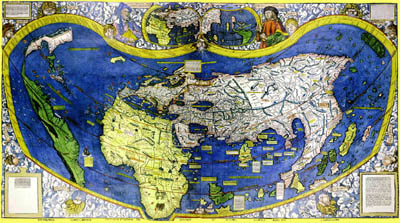October 12.
On this day in 1492 two worlds collided.
Mexican philosopher Jose Vasconcelos coined the term La Raza Cósmica, the Cosmic Race (for lack of a better word), to describe the people of Latin America, and what he considered the future of the human race. Vasconcelos theorized that:
“the different races of the world tend to mix ever more, until forming a new human type, composed of the selection of each of the existent peoples…”
…and that the Americans were a mixture of all races: the Asiatic tribes who crossed over the Bering Strait, and the Iberian colonizers and African slaves who crossed via the Atlantic. Vasconcelos’s theories were not without bias: “A religion like Christianity advanced the American indians, in a few centuries, from cannibalism to a relative civilization.” But you will hear echoes of Vasconcelos’s optimism on Dia de la Raza.
Raza means “race”, but not entirely in the English sense of the word. In the context of the holiday, raza refers to the birth of a new breed of humanity, the synthesis of cultures, races, religions, and ideologies that make up Hispanic America today.
Thus, Dia de la Raza, takes this day of tragedy and turns it into a celebration of life across Latin America.







